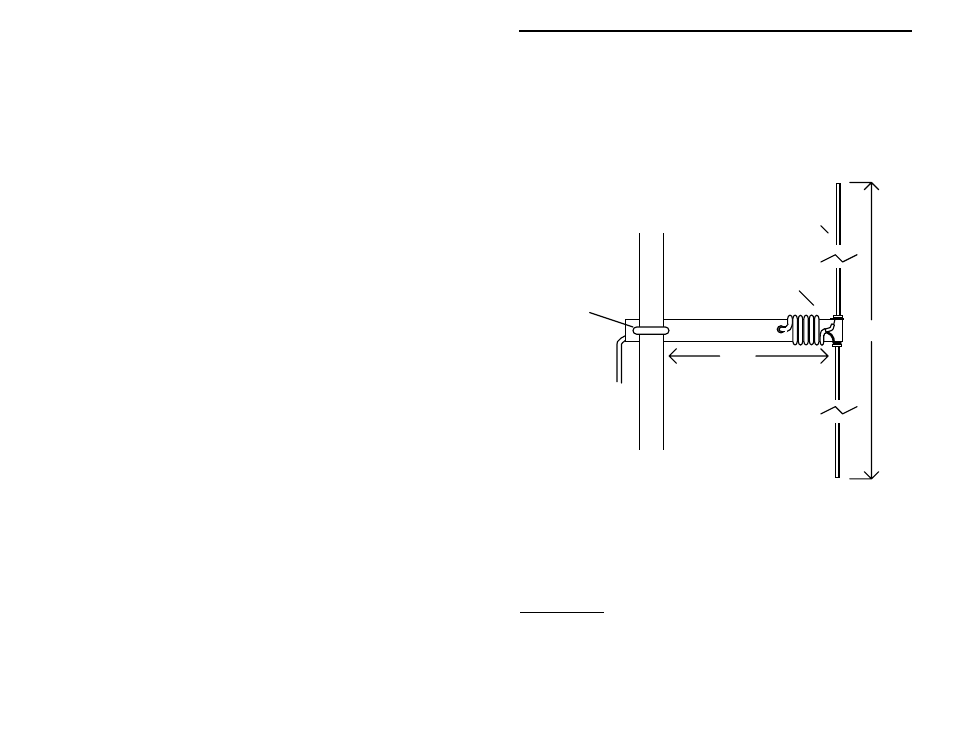Vectronics VEC-131K User Manual
Page 29

VEC-131K Owner's Manual
Aircraft Receiver Kit
27
activity at distant airfields, a rooftop antenna is needed. Many newer scanner
antennas now feature aviation band coverage in models intended for mobile and
mast-mounted applications. Outdoor-mounted omni-directional FM broadcast
band antennas will also do in a pinch, but best results are obtained when using a
vertically polarized antenna. VHF signals like to travel in a line-of-sight path.
Putting the antenna higher, so it clears obstructions such as nearby buildings and
trees, will yield stronger signals over greater distances. A simple vertical
antenna may be fabricated from common items, as shown below:
TV Mast
1-1/2" PVC Pipe
12"
Mast Clamp
6-7 Turns RG-59
Brass Welding Rod
46"
75-ohm TV cable
This simple aircraft antenna uses materials found at Radio Shack and your local
hardware supply house. If a welding rod is not available, use ¼" aluminum
tubing. Note the dipole is made from two 22” sections of welding rod or
aluminum tubing. The ends of the dipole must be kept insulated from each
other, using wooden dowels or PVC material. The coax center conductor
attaches to one leg of the dipole, the coax shield attaches to the other dipole leg.
Operating Guidelines:
Important Note: Monitoring aircraft communications is both fun and
educational. However, the VEC-131K should never be operated aboard a
commercial aircraft.
Superhetrodyne receivers radiate small amounts of RF energy at the LO and IF
frequencies and their harmonics, and these signals may interfere with vital
